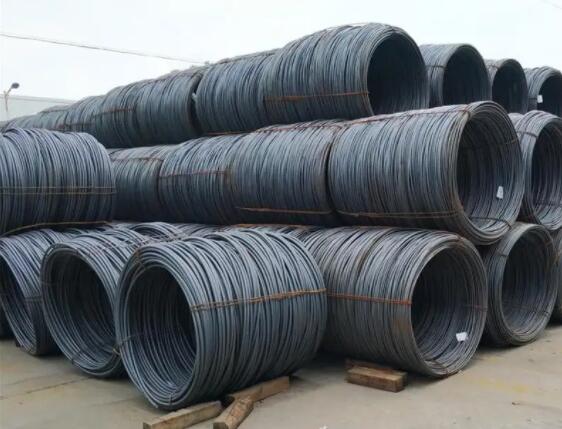Understanding Drywall Screw Length The Ultimate Guide
When it comes to hanging drywall, one of the most important factors to consider is the length of the screws you use. Choosing the right drywall screws can significantly affect the durability and stability of the drywall installation. This article delves into the key aspects of drywall screw length, offering a thorough understanding that every DIY enthusiast and professional contractor should be aware of.
What Are Drywall Screws?
Drywall screws are specialized fasteners designed for attaching drywall sheets to wooden or metal studs. Unlike regular screws, drywall screws feature a coarse thread that allows for better grip in drywall material, and they have a bugle-shaped head to help drive the screw flush with the surface of the drywall, preventing tearing.
Importance of Screw Length
The length of the drywall screw is crucial for ensuring secure attachment to the framing while also minimizing damage to the drywall itself. If the screws are too short, they won’t penetrate the studs adequately, leading to loose drywall. Conversely, if the screws are too long, they can protrude through the other side of the stud, potentially damaging plumbing, electrical wiring, or insulation, and causing safety hazards.
Choosing the Right Length
Drywall screws are available in various lengths—most commonly from 1 inch to 3 inches. The length you choose will depend on several factors
1. Thickness of the Drywall Standard drywall thicknesses are typically 1/2 inch or 5/8 inch. For 1/2 inch drywall, screws that are 1 1/4 inch to 1 5/8 inch long are typically used. For 5/8 inch drywall, screws that are 1 5/8 inch to 2 inches long are recommended.
2. Type of Framing Material If you are attaching drywall to wooden studs, longer screws are acceptable. However, if you are securing the drywall to metal studs, shorter screws are generally preferred as metal studs are thinner.
3. Installation Method For ceiling installations or in situations where the drywall hangs vertically, longer screws may be required to ensure the drywall stays in place, overcoming gravity's effects.
Drywall Screw Length Chart
drywall screw length chart

Here’s a simple drywall screw length chart to guide your selection
- 1/2 inch Drywall - For wood studs Use 1 1/4 inch to 1 5/8 inches screws. - For metal studs Use 1 1/4 inch screws.
- 5/8 inch Drywall - For wood studs Use 1 5/8 inch to 2 inches screws. - For metal studs Use 1 5/8 inch screws.
This chart helps ensure that you are using the appropriate length for your specific drywall application.
Additional Tips
1. Spacing Always space your screws correctly, typically 16 inches apart along the edges and 24 inches in the field (the center of the drywall sheet). This will help distribute weight evenly and keep your drywall secure.
2. Quality Matters Invest in high-quality screws that resist stripping. Coated and corrosion-resistant screws can also enhance the longevity of your installation.
3. Use a Screw Gun To avoid overdriving screws and damaging the drywall, use a drywall screw gun or a variable-speed drill with a depth setting. This will allow for consistent depth, reducing the risk of issues.
4. Avoid Over-tightening Tightening screws too much can cause the paper face of the drywall to rip, leading to weak fastening points.
Conclusion
Selecting the right drywall screw length is essential for achieving a successful and lasting drywall installation. By understanding the thickness of your drywall, the type of framing, and utilizing proper screw length, you set the foundation for a flat, sturdy finish. Whether you’re a seasoned contractor or a weekend DIY warrior, knowledge of drywall screw length can make all the difference in your project’s outcome. Happy drywalling!

















